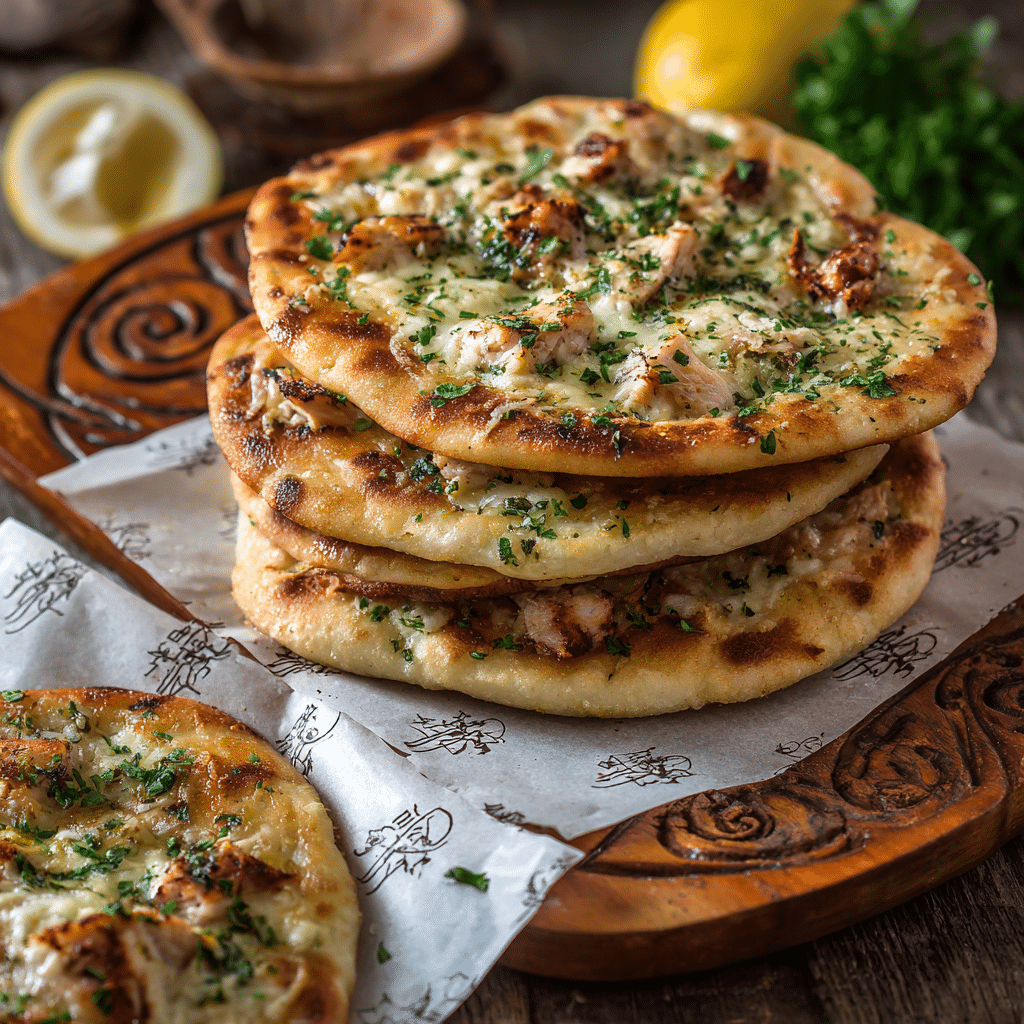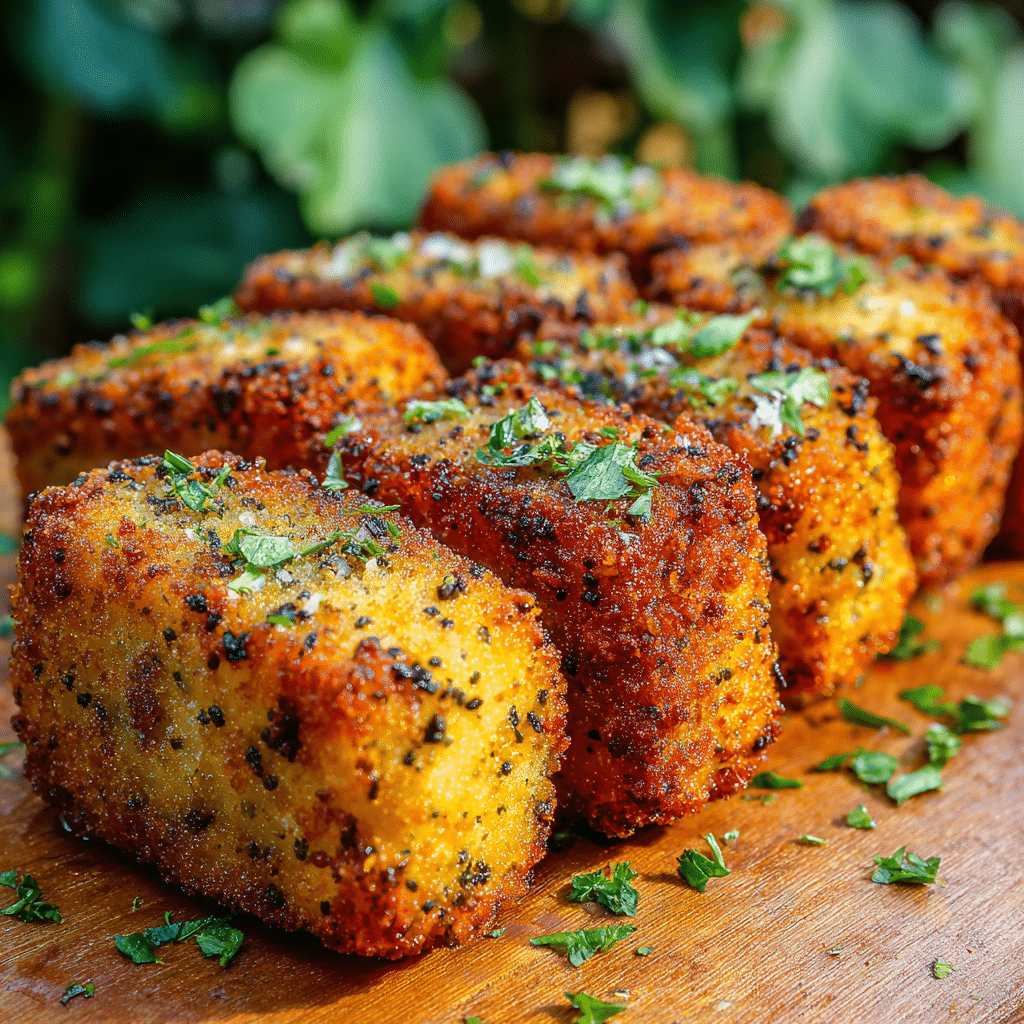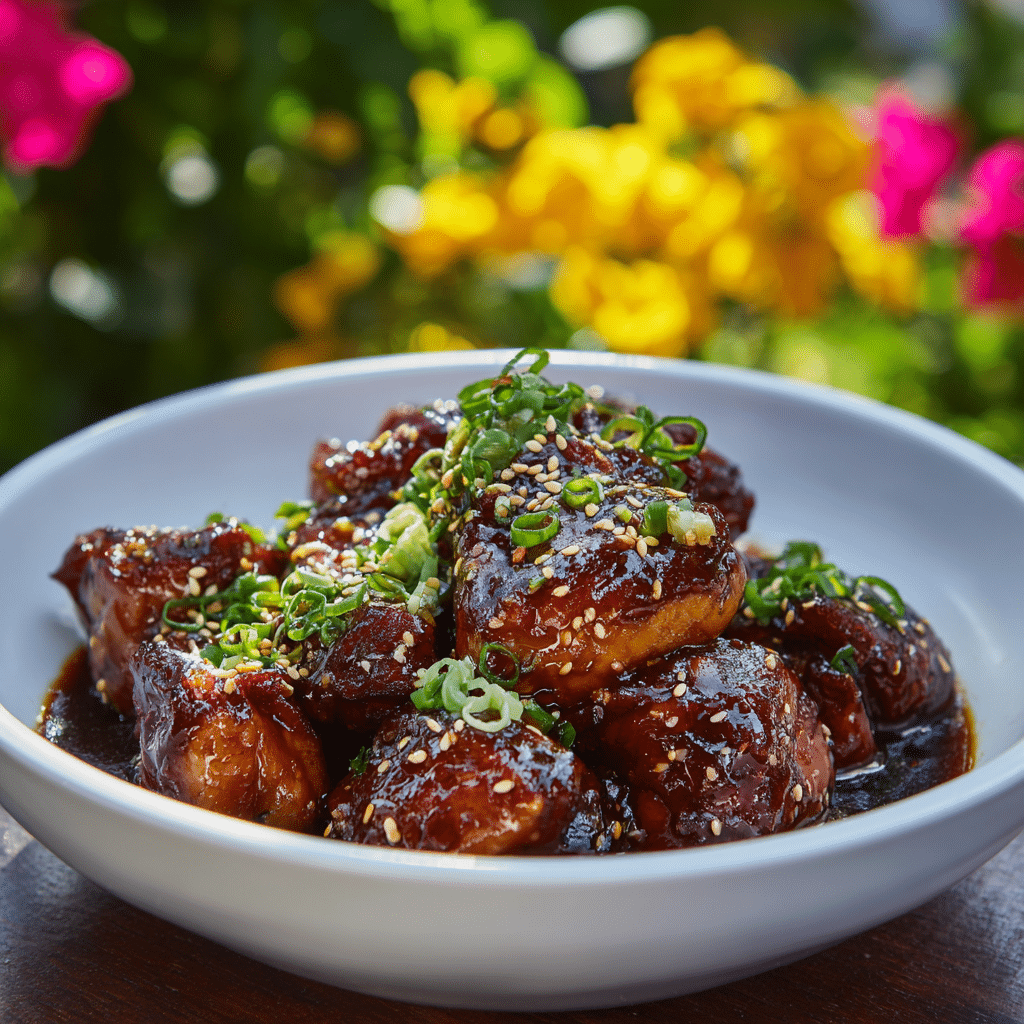On a warm summer evening or a cozy winter night, nothing quite brings people together like the aroma of freshly baked pizza. The allure of a blistered crust, soft yet chewy, topped simply with fresh tomato, mozzarella, and basil is enough to transport anyone to the bustling streets of Naples. This is where Neapolitan pizza dough finds its soul—in tradition, simplicity, and flavor born from time and technique.
This dough is more than just the foundation of a meal; it’s a nod to centuries of culinary craftsmanship. Rooted in Naples, Italy, Neapolitan pizza began as a humble food for the working class. But it quickly rose to fame when Queen Margherita tasted a version symbolizing the Italian flag—red tomatoes, white mozzarella, and green basil. The legacy continues today, with pizzaiolos worldwide striving to replicate the texture and flavor that can only be achieved through patience and the perfect combination of four ingredients: flour, water, salt, and yeast.
Why Neapolitan Dough is Special
Neapolitan pizza dough is iconic for a reason. Unlike many commercial pizza doughs that include oil, sugar, or dairy to enhance flavor or texture, Neapolitan dough stays true to its roots. It’s intentionally minimalist—just four ingredients. The magic lies in the technique and time.
-
High-hydration dough creates a light, airy, and elastic texture.
-
Long fermentation (24–72 hours) develops deep flavor and digestibility.
-
Hand-stretching protects the airy structure and ensures a fluffy edge (the cornicione).
-
High-heat baking gives the signature charred spots and soft interior.
What results is a crust that’s tender yet resilient, slightly tangy from fermentation, and beautifully blistered from intense oven heat. It’s a canvas of authenticity and balance.
Inspiration Behind This Recipe
The charm of Neapolitan pizza dough lies in its origins. In the 18th century, bakers in Naples began topping their simple flatbreads with tomatoes—a novel ingredient at the time. Over time, the pizza evolved into a food for the masses, sold by street vendors and baked in community ovens. It was cheap, fast, and flavorful.
When Queen Margherita visited Naples in 1889, she was served a pizza that mirrored the colors of the Italian flag. She loved it, and the “Margherita” was born—cementing pizza’s place not only in Neapolitan culture but in global cuisine.
This recipe is inspired by that tradition. It honors the old methods, slow fermentation, and the celebration of honest, simple ingredients. It’s a way to bring a piece of Italy into your kitchen—and into your hands.
Ingredients (Makes 6 Pizza Dough Balls, 250g Each)
-
1000 grams (1 kg) of Italian type 00 flour (or all-purpose flour)
-
650 ml cold water (for 65% hydration)
-
25–30 grams of fine sea salt
-
2–3 grams of fresh yeast (or 1 gram of active dry yeast)
Optional: A drizzle of olive oil for handling, but not mixed into the dough (traditional recipes don’t use oil).
Step-by-Step Instructions
1. Prepare the Water Base
In a large mixing bowl, pour the cold water. Dissolve the salt completely—this step is crucial and should be done before adding any flour or yeast.
2. Add Flour and Yeast
Add about 10% of the flour (100g) into the salted water and mix to form a slurry. Then add the yeast, breaking it up to ensure it dissolves evenly.
3. Incorporate Remaining Flour
Gradually add the rest of the flour, mixing continuously until a sticky dough forms. You can use your hands or a wooden spoon.
4. Knead the Dough
Transfer the dough to a clean surface and begin kneading. Push with the heel of your hand, fold, rotate, and repeat. Knead for about 10–15 minutes until the dough is smooth, elastic, and slightly tacky but not sticky.
5. First Fermentation (Bulk Rise)
Place the dough into a clean bowl or container, cover it loosely with a damp cloth or lid, and let it rest at room temperature for about 1 hour. This gives the gluten structure time to relax.
6. Divide and Ball
Divide the dough into six equal parts (around 250g each). Shape each portion into a tight ball by folding the edges underneath until smooth and round.
7. Cold Fermentation
Place the dough balls into lightly oiled containers or dough trays, leaving space between each one. Cover and refrigerate for 24 to 72 hours. The longer the fermentation, the more flavorful and digestible the dough will become.
8. Final Proof
Remove the dough from the refrigerator at least 2 hours before baking. Let the dough reach room temperature and rise slightly.
9. Stretch the Dough
Dust a surface with semolina or flour. Take a dough ball and, using only your hands, gently press and stretch it into a thin circle, about 10–12 inches in diameter. Preserve the raised edge (cornicione) to ensure a puffy crust.
10. Top Lightly
Use a thin layer of crushed San Marzano tomatoes, a few slices of fresh mozzarella, fresh basil leaves, and a drizzle of olive oil. Less is more—the dough is the star.
11. Bake at High Heat
Preheat a pizza stone or steel in your oven at its highest setting (ideally 500°F / 260°C or higher). Slide the pizza onto the hot surface and bake for 90 seconds to 3 minutes, or until the crust is puffed, lightly charred, and golden.
Tip: If using a home oven, turn on the broiler during the last 30 seconds to get additional top heat and mimic a wood-fired oven.
Tips for Success
-
Use the right flour: Type 00 flour yields a smooth, elastic dough that bakes beautifully.
-
Cold water and slow rise: Keeps the dough firm and lets the flavors develop slowly.
-
Do not rush fermentation: Minimum 24 hours for complexity and lightness.
-
Avoid rolling pins: Only hand-stretch to preserve air bubbles.
-
Hydration matters: 65–70% hydration yields the soft, chewy crust Neapolitan pizza is known for.
-
Preheat the oven thoroughly: The hotter, the better.
Variations
-
Higher hydration (70%): Slightly trickier to handle but gives a lighter, more open crumb.
-
Room temperature fermentation: Can be done over 8–12 hours if you’re short on time—but flavor and texture may suffer.
-
Add whole wheat: Replace up to 10% of the flour with whole wheat for a nutty twist.
-
Mini pizzas: Divide the dough into 8 balls instead of 6 for smaller portions.
Troubleshooting
-
Dough tears easily: Under-kneaded or too dry—knead more and adjust hydration.
-
Dough too sticky: Use floured hands and work surface, or reduce water slightly next time.
-
Flat crust after baking: Overproofed or underproofed dough—watch the rise carefully.
-
Crust doesn’t brown: Oven not hot enough—use a stone/steel and let it heat for 45–60 minutes.
Why You Should Try This Recipe
Neapolitan pizza dough teaches patience and the beauty of simplicity. It transforms humble ingredients into something extraordinary. The process is immersive—kneading, resting, shaping, baking—all hands-on and deeply satisfying.
When you stretch that dough by hand, you’re not just making dinner—you’re continuing a tradition that spans centuries. You’re honoring the flavors of a region, and mastering a dough that tells a story with every bubble, every blister, and every bite.
Once you’ve tried true Neapolitan dough, there’s no going back. It sets the gold standard for pizza—and the best part is, you can make it in your own kitchen.
Serving Ideas
-
Classic Margherita: Crushed tomatoes, fior di latte mozzarella, basil, olive oil.
-
Pizza Marinara: Just tomatoes, garlic, oregano, and olive oil—pure and flavorful.
-
Seasonal Toppings: Zucchini blossoms, roasted mushrooms, anchovies, or spicy salami.
-
Pairings: A crisp Italian lager, a glass of Chianti, or sparkling water with lemon.
Conclusion
Mastering Neapolitan pizza dough is not about perfection—it’s about connection. Connection to tradition, to ingredients, to flavor, and to people around your table. With just flour, water, salt, and yeast, you create a base for joy.
Whether you bake it in a backyard oven or a home kitchen, this dough delivers a slice of Naples right to your plate. So take your time, trust the process, and enjoy the art of real pizza.
PrintNeapolitan Pizza Dough
- Total Time: 24 hours
- Yield: Makes 2–3 10–12 inch pizzas
Description
Neapolitan Pizza Dough is the foundation of true Italian pizza — light, airy, chewy, and crisp with just the right amount of char from a hot oven. Made with simple ingredients and an overnight fermentation, this dough develops incredible flavor and texture that makes it ideal for wood-fired or home oven pizzas.
Ingredients
-
500g (about 4 cups) “00” flour (or all-purpose flour if unavailable)
-
325ml (1⅓ cups) water, room temperature
-
2 tsp salt
-
1/4 tsp active dry yeast (or 1/8 tsp instant yeast)
-
Optional: 1 tsp olive oil (for added elasticity, though not traditional)
Instructions
-
In a large mixing bowl, dissolve yeast in water. Let sit for 5 minutes until slightly foamy (if using active dry yeast).
-
Add flour gradually while stirring, then add salt. Mix until a shaggy dough forms.
-
Knead by hand or with a dough hook on low speed for 8–10 minutes until smooth and elastic.
-
Cover and let rest for 20 minutes at room temperature.
-
Knead briefly again, then cover tightly and let rise in the fridge for 12 to 24 hours (slow fermentation improves texture and flavor).
-
The next day, bring dough to room temperature for 1–2 hours.
-
Divide into 2–3 equal portions and shape into balls. Cover and let rest for 30–60 minutes before stretching.
Notes
“00” flour gives the most authentic texture — super light and blistered when cooked at high heat. Bake at the highest oven temp (500°F/260°C or more) on a pizza stone or steel for best results. Do not roll with a rolling pin; gently stretch by hand to retain air bubbles.
- Prep Time: 20 minutes
- Cook Time: 24 hours (includes cold fermentation)





